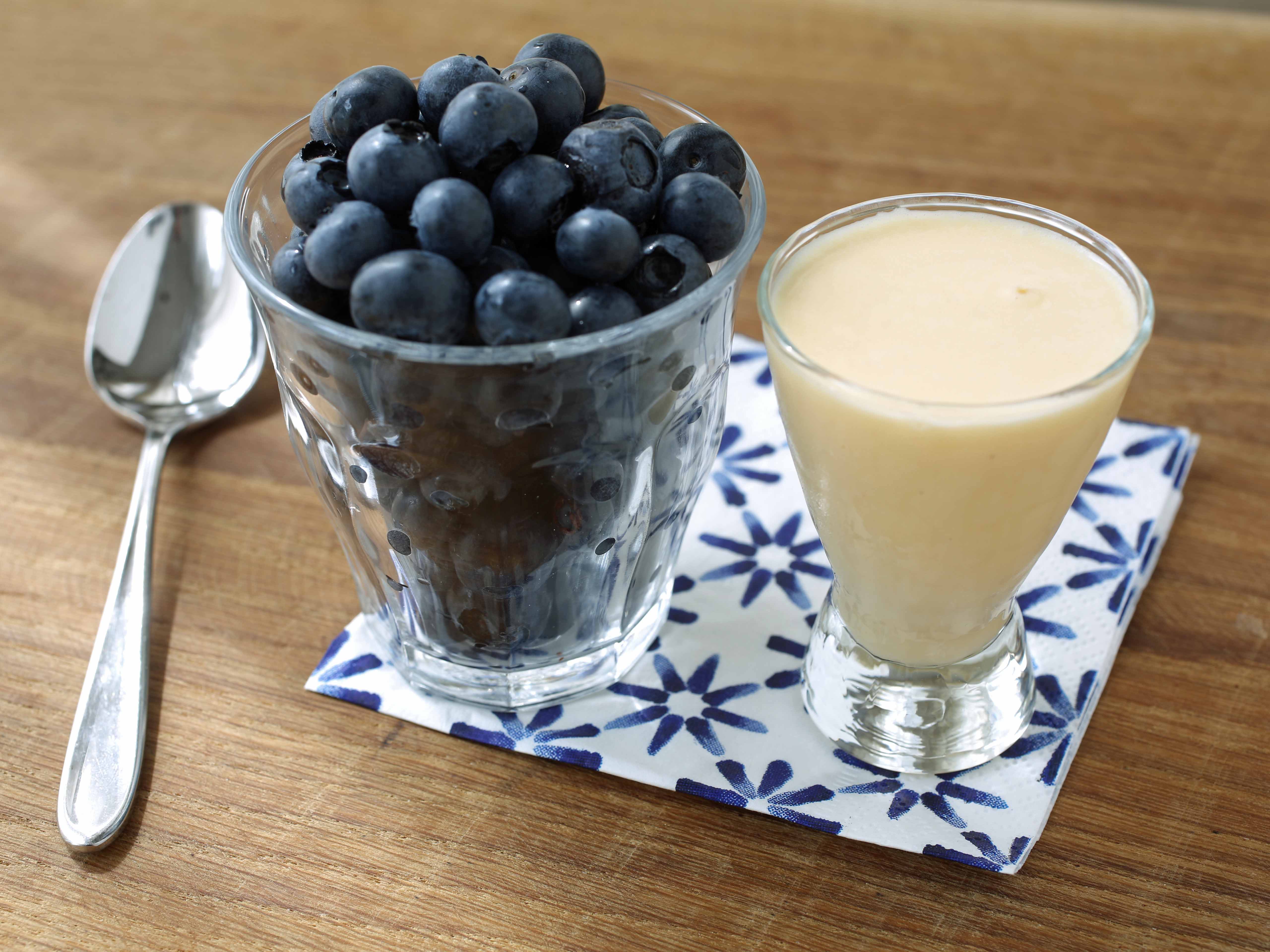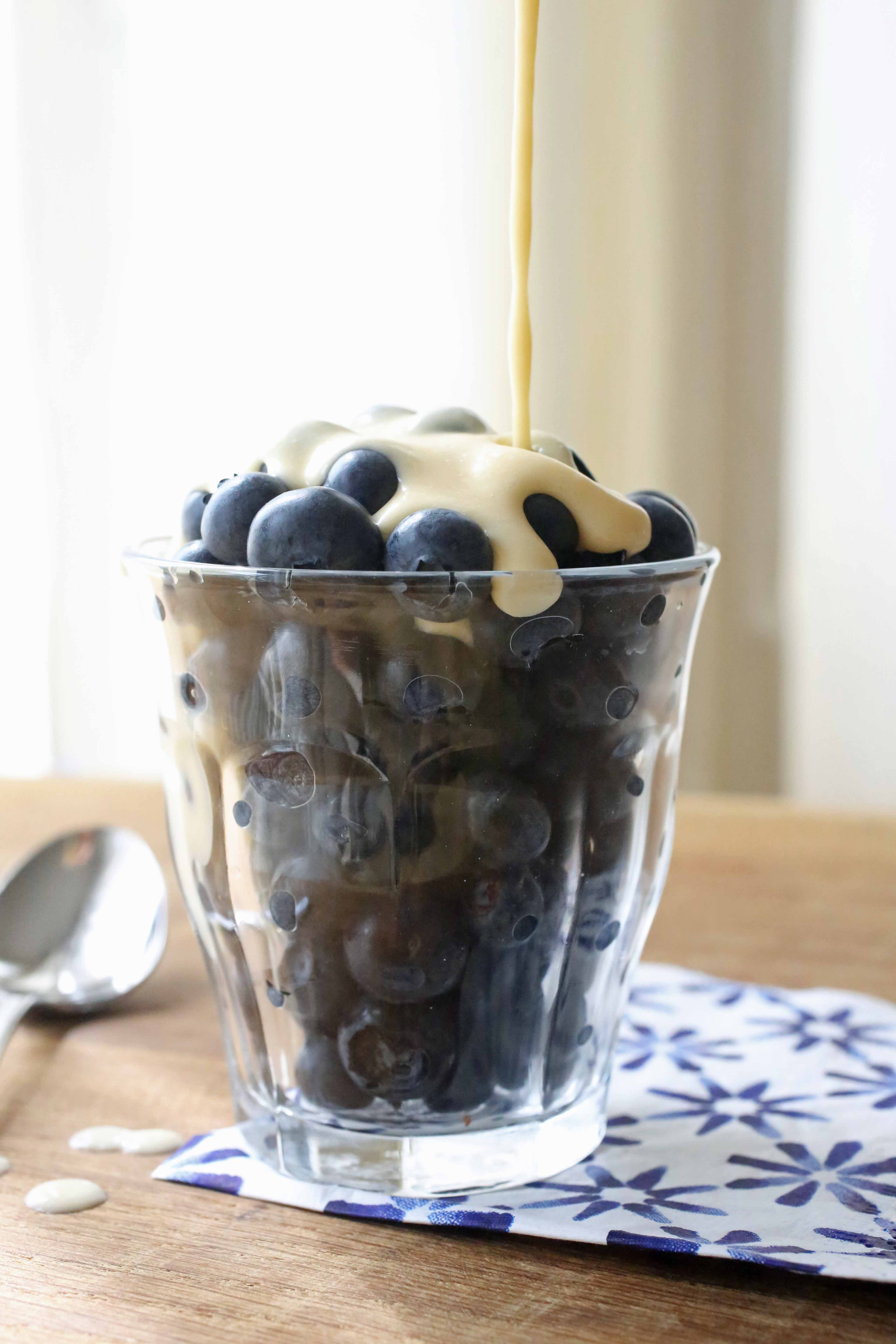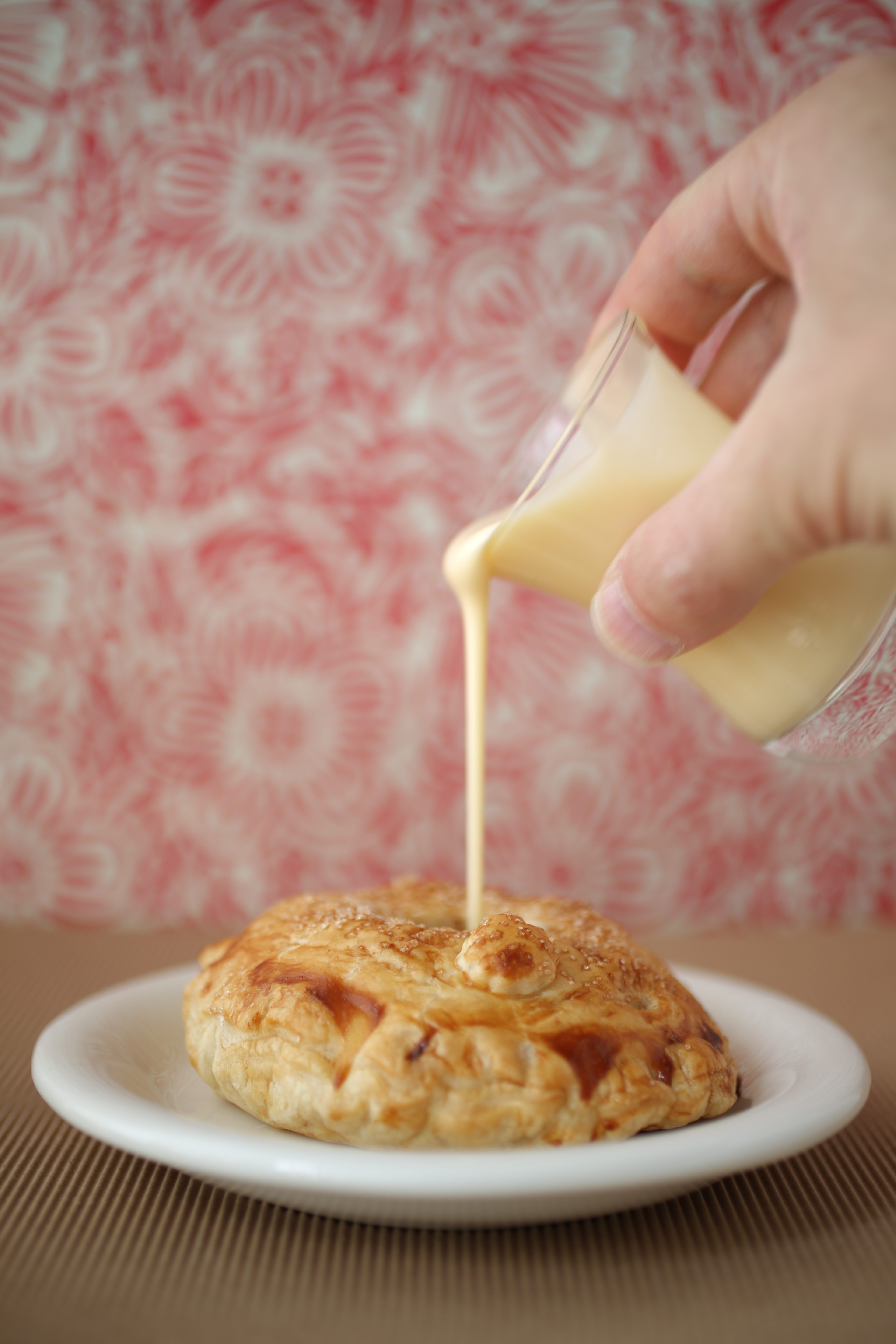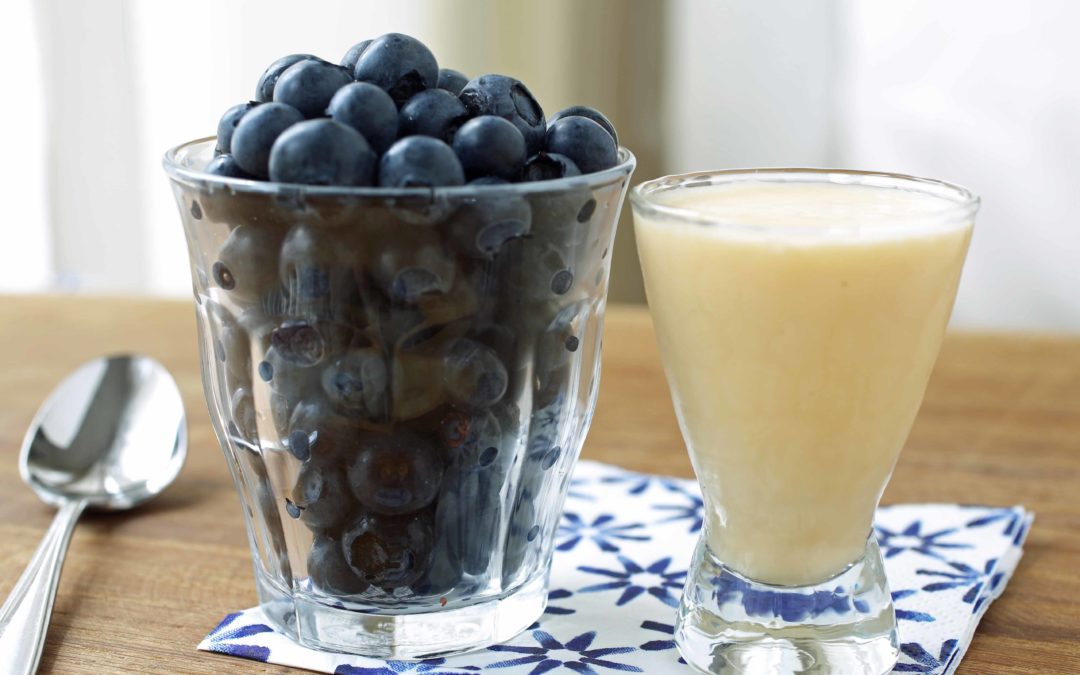How To Make Custard Sauce
It is not difficult to take a dish to the next level. A good sauce usually does the trick. This goes for dessert, too. A piece of apple pie is nice, but it is extra nice when you make custard sauce to go with it! A custard sauce, aka creme anglaise, is essentially a custard that has extra liquid added so that the thick rich custard pours nicely onto whatever bit if delicsiouness you are trying make even more delicious. Examples include, but are not limited to, fresh berries, peach gallete choux a’la normande and even as a drizzle in fruit soup if you didn’t want to use ice cream.

Make Custard Sauce Without The Hassle
Back in the day, and on food tv, we were shown how to make custard sauce or creme anglaise with a lot of egg separating and yolk tempering. This is a bit too old school for me. Sure, you will have to separate the eggs as it is the yolks that make a custard a custard, but all the rest can be put to the side, including the double boiler. To make custard sauce, simply whisk egg yolks, sugar and vanilla together until pale. Then, in the same bowl, add the liquid (in this case milk). Whisk the liquid right in then place the mixture in a regular pot and heat slowly. There is no separate heating of the milk. In place of the double boiler, a thermometer is needed. The custard mix should be heated to between 175-180F. It will thicken and coat the back of a spoon. No, you still can’t boil the mixture as the yolks will curdle, but if you heat it slowly and watch the thermometer, all will be fine. If you are concerned about lumps, simply strain the custard sauce after cooking. Using this method to make custard sauce means there are fewer pots to clean and it gets done just a little quicker.

Make Custard Sauce For Dessert
A custard sauce or creme anglaise as the fancy foodie would call it, is pretty much made for dessert. As indicated above, it is a perfect sauce for a variety of different desserts from pie to profiteroles. You could also drizzle it over baked apples or apple roses. A custard sauce is an easy way to impress if you are into that. It just brings an extra richness to desserts without that much added work. Of course, it can be churned into ice cream, too.

Apple & Dulce de Leche Mini Pies Are Tasty with Custard Sauce!
How To Make Custard Sauce – the Flavor
More often than not, a custard sauce is flavored with vanilla. It is a very good flavor for lots of desserts, a real classic. If you want to add a bit of different flavor, the perfect way to do it is to whisk the extra spice right into the mixture. A dash of cinnamon would be perfect if the sauce were to be used on pumpkin pie. A dash of mint would be nice if you were going to drizzle the sauce on some fresh fruit. You get the idea. The list is long! Do some experimenting and see where it takes you!
How To Make Custard Sauce – the Video and Recipe
The ‘how to make custard sauce’ video is below. The full recipe follows.
- 4 egg yolks
- 1/2 cup sugar
- 1 cup of whole milk
- 1 cup of heavy cream
- 2 teaspoon vanilla extract
- Place the yolks and sugar in a medium bowl. Whisk the sugar/yolk mixture together about 1 to 2 minutes, until it is thick and pale yellow in color.
- Whisk the cream, milk and vanilla into the egg/sugar mixture until they are fully incorporated.
- Transfer the mixture to a medium pot and place the pot over medium low heat.
- Heat the mixture slowly whisking constantly until a candy or instant read thermometer reads between 175-180F. The mixture should thicken and coat the back of a spoon.
- (Note: Do not let the mixture boil. If the mixture curdles, remove it from the heat, and let cool. Place it in a blender and whip until smooth.)
- Strain the custard through a fine sieve into a bowl. Cool the mixture by placing the bowl over an ice bath. Continue to whisk the mixture. When it is cooled to room temperature, refrigerate the mixture until fully chilled.
- Serve with pie, fruit or other desserts.
Keep Eating! Keep Innovating!
How do you make custard sauce? Do you do other flavors or just vanilla? Let us know in the comments or on Facebook.
The Culinary Exchange can also be found on Twitter, Instagram, Pinterest, Google+ and YouTube.
Come On! Follow Along!





